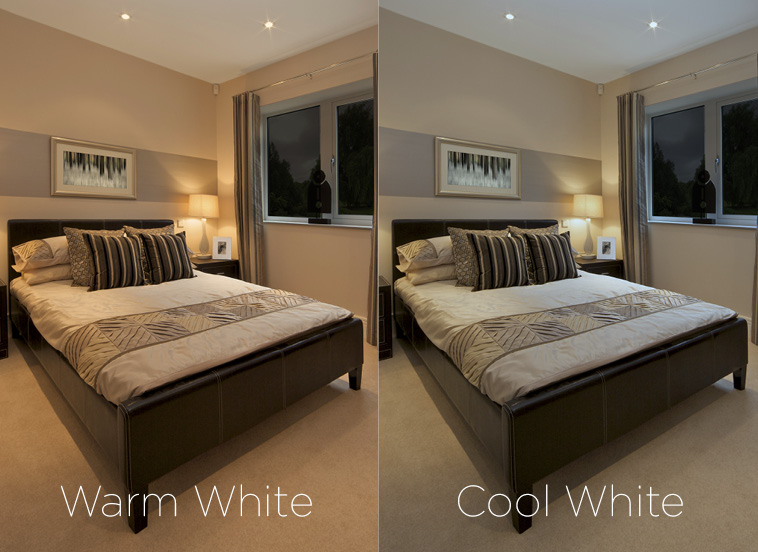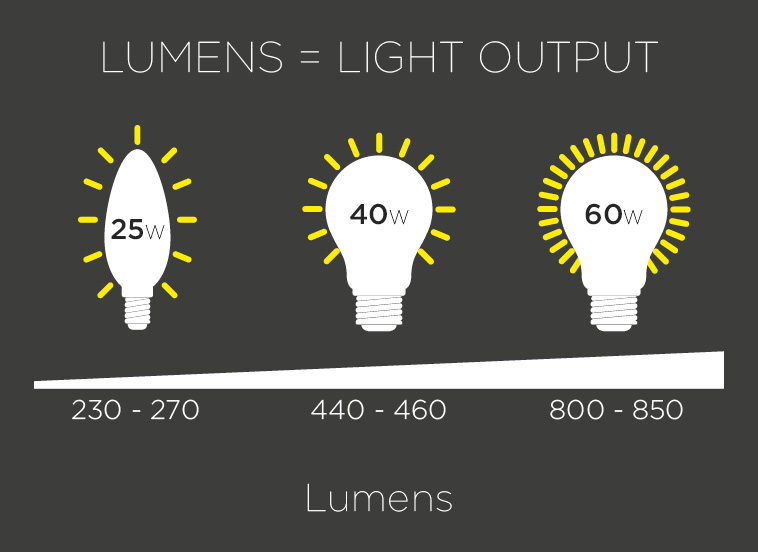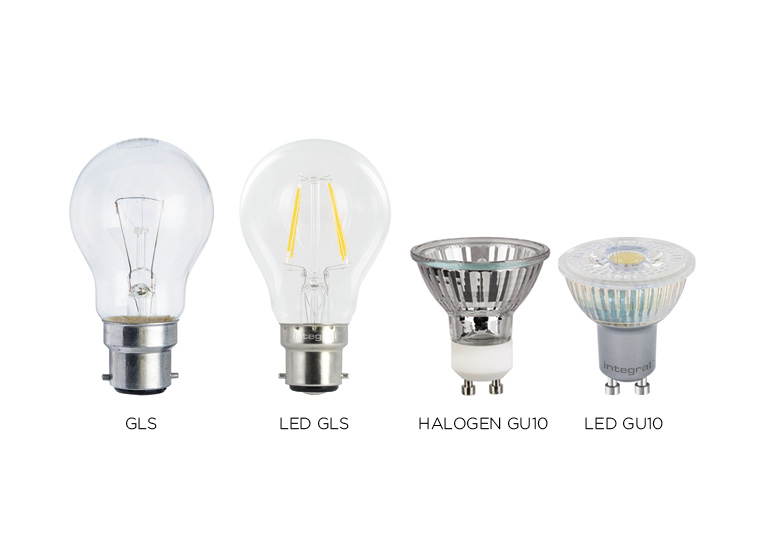Microwave or PIR Sensors: Which to Choose?
Lighting control systems have evolved to integrate a range of advanced sensors, enhancing usability, practical benefit and overall efficiency. Motion detectors are a key feature in modern lighting design with the capability to detect human presence, enabling lights to activate as needed. These motion sensors form an integral part of smart homes, offices, warehouses and security systems the world over. The benefits are twofold; serving both to provide energy saving efficiencies through dimming and deactivation of lights when no motion is detected and as a robust security measure by switching on lighting.
Microwave and PIR (Passive Infrared) are the two main types of motion detector sensor on the market today. Each kind comes with its own set of advantages and drawbacks. Let's delve into a brief examination of the pros and cons associated with these sensor technologies.
Microwave
Microwave motion sensors employ radar technology to identify motion by emitting low-power microwave signals and gauging the time it takes for the signal to return after encountering an object.
Functionality
Operating on the Doppler principle, microwave sensors measure the change of reflected signals, providing information about the speed and direction of a moving object. Upon detecting movement, the sensor transmits a signal to the connected device, such as a security system or lighting control.
Advantages
Expansive detection range: Microwave sensors are adept at covering large areas, making them well-suited for vast spaces like warehouses, parking lots, and open-plan offices.
Penetration of non-metallic materials: These sensors can discern motion through walls, ceilings, and glass, enhancing their versatility in various environments.
High sensitivity: Microwave sensors are capable of detecting the most subtle movements, ensuring swift identification of potential security threats.

Limitations
Potential for false alarms: The heightened sensitivity of microwave sensors may lead to false alarms triggered by minor movements, such as a swaying tree branch.
Energy consumption: Microwave sensors consume more power compared to PIR sensors, potentially impacting long-term energy costs.
Interference: The signals of microwave sensors can be affected by other electronic devices emitting radio waves, diminishing their effectiveness in certain scenarios.
PIR
Passive Infrared (PIR) motion sensors identify moving objects by detecting variations in infrared radiation emitted by objects with a temperature above absolute zero.
Functionality
PIR sensors comprise two infrared-sensitive elements that register changes in heat signatures within their field of view. Upon the entry of an object into the sensor's range, the difference in radiation between the object and the background prompts a response from the connected device.
Advantages
Energy efficiency: PIR sensors consume less power than microwave sensors, making them particularly suitable for battery-powered or energy-conscious applications.
Reduced false alarms: Due to their reliance on heat signatures, PIR sensors are less prone to being triggered by non-human sources of movement, such as curtains or foliage.
Cost-effectiveness: PIR sensors are generally more cost-effective than microwave sensors, presenting an economical choice for budget-conscious projects.

Limitations
Limited detection range: PIR sensors have a shorter detection range compared to microwave sensors, which may pose a challenge in expansive or open environments.
Line-of-sight requirement: Unable to penetrate walls or solid objects, PIR sensors depend on infrared radiation, which is absorbed by most materials.
Changes to Heat Signatures: As PIR sensors detect changes in heat signature across its range it can be fooled by an object moving directly towards it. If an object is already within the field of view but doesn’t move the sensor will decide that it no longer needs to activate. The object could then move in a straight line directly towards the sensor and as the heat signature would not change position relative to the sensors range, the sensor will not activate again.
Temperature sensitivity: PIR sensors may be influenced by sudden shifts in ambient temperature, potentially leading to false alarms or overlooking detections.
Microwave vs PIR
| Feature | Microwave | PIR |
|---|---|---|
| Range | 360° | 90° |
| Detection | Can detect through walls and non-metallic materials. This can cause false triggers from moving objects outside the building. | Requires line of sight. Can be insensitive to objects walking directly towards the sensor. |
| Sensitivity | High – can trigger false alarms from minimal movement. Temperature does not affect detection. | Medium. Extreme temperatures can cause issues with detection – higher temperatures can cause low sensitivity whilst low temperatures can cause high sensitivity. |
| Energy Consumption | Higher than PIR | Lower than Microwave |
Choosing the Right Sensor
To select the appropriate motion sensor for your project, you’ll need to consider:
Range: Opt for a Microwave sensor if you need to cover a sizable area, while a PIR sensor may be more effective for smaller spaces.
Environment: If your project requires motion detection through walls, ceilings, or glass like within multi-story parking lots a Microwave sensor is the preferred choice. Microwave sensors often offer high IP and IK ratings than PIR sensors making them suitable for outdoor usage. PIR sensors are ideal for enclosed areas with line-of-sight like hallways, above doorways and in office spaces, but also work well for security lighting. Additionally, PIR sensors should be shielded from environmental factors and kept away from direct heat exposure to avoid false alarms.
Sensitivity: Choose a microwave sensor for projects where high sensitivity is crucial. Conversely, if minimising false alarms is a priority, opt for a PIR sensor.
Energy Consumption: Prioritise energy efficiency by selecting a PIR sensor. Alternatively, for applications where power consumption is less critical, a microwave sensor may be suitable.
Budget: Consider your budget, with PIR sensors typically being more cost-effective than microwave sensors. This makes them an appealing choice for projects with budget constraints.
Suggested Articles:



HIGHEST
QUALITY
COMPETITIVE
PRICES
EXPERTISE
EXTENSIVE
STOCK
NEWSLETTER
Sign-up to our newsletter and stay up to date with the latest product information and special offers.



